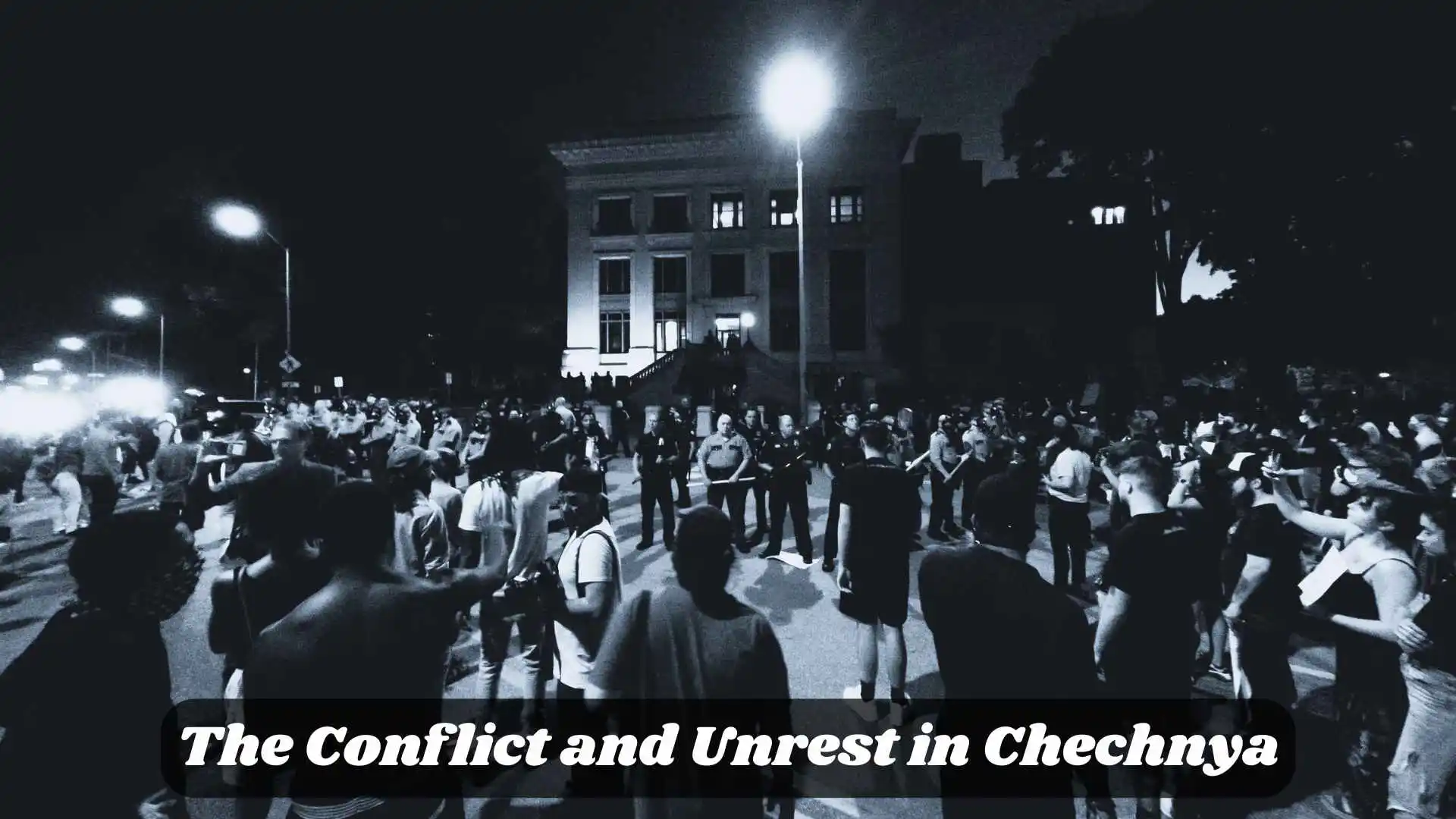Chechnya, a small republic in the North Caucasus region of Russia, has been at the center of unrest and conflict for decades.
To truly understand why Chechnya has faced such turbulence, it is important to examine the interplay of politics, religion, culture, and language.
Each of these factors has shaped the historical and contemporary struggles in the region, creating a complex web of tensions.
Political Causes
Politics have played a crucial role in Chechnya’s instability. After the dissolution of the Soviet Union in 1991, Chechnya declared independence from Russia, leading to two brutal wars in the 1990s and early 2000s. Russian federal forces sought to maintain control over the region, while Chechen separatists demanded self-rule. The political struggle over sovereignty, territorial control, and governance created a prolonged period of violence. Additionally, corruption, weak institutions, and power struggles within Chechnya further fueled instability, leaving the population caught between competing authorities.
Religious Factors
Religion has also contributed to tensions in Chechnya. The region is predominantly Muslim, with a strong adherence to Sunni Islam. In contrast, the Russian Federation is largely Orthodox Christian. Religious differences have sometimes been politicized, leading to extremist movements and radicalization in response to perceived threats to local beliefs. While most Chechens practice a moderate form of Islam, clashes between traditional Islamic values and Russian secular policies have occasionally intensified conflict. Religion has often intertwined with politics, amplifying divisions and complicating reconciliation efforts.
Cultural Influences
Chechnya’s distinct cultural identity has been another source of unrest. Chechens have a rich tradition of clan-based social structures, customs, and codes of honor that differ from Russian norms. The imposition of Russian policies and cultural assimilation attempts have historically led to resistance. These cultural differences have sometimes been misinterpreted by external authorities, fueling misunderstandings and mistrust. Preserving local traditions while integrating with the broader Russian state has remained a delicate challenge, often sparking friction between communities.
Linguistic Differences
Language is another factor contributing to Chechnya’s unrest. The Chechen language is a Northeast Caucasian language distinct from Russian, which is the official language of the federation. Language barriers have historically affected communication with federal authorities, education, and governance. The suppression or marginalization of the Chechen language at certain points has also reinforced a sense of cultural and political alienation, fueling resentment and a desire for autonomy. Language, therefore, is not just a communication tool but a symbol of identity and resistance.
Conclusion
The conflict and unrest in Chechnya cannot be attributed to a single cause. Instead, they are the result of a complex mix of political disputes, religious differences, cultural identity, and linguistic diversity. Understanding these intertwined factors is essential to addressing the region’s challenges and fostering stability. Moving forward, policies that respect Chechnya’s political aspirations, religious practices, cultural heritage, and linguistic identity are critical for lasting peace.

Oliver Grant is a passionate American author known for crafting insightful and engaging content that inspires readers worldwide. With a strong background in creative writing and a deep interest in contemporary literature, Oliver has built a reputation for delivering thought-provoking narratives that resonate with a modern audience.
Throughout his career, Oliver has consistently blended intellectual depth with relatable storytelling, making complex ideas accessible to readers from all walks of life. His writing style is both elegant and approachable, allowing him to connect meaningfully with his audience.
When he’s not writing, Oliver enjoys exploring new ideas, reading across diverse genres, and mentoring aspiring writers. His dedication to the craft and his ability to present fresh perspectives have earned him a loyal following.
Oliver Grant is the author of several acclaimed books, including “The Creative Mindset,” “Stories That Connect,” and “The Modern Writer’s Journey.” Each of these works reflects his commitment to empowering readers and fellow writers through creativity and purposeful storytelling.

